I’m working on the set design for a short film and in one of the scenes, a character comes back to their car to find their tires slashed. I need to make it look realistic, so how do I go about puncturing a tire?
Andrew (Andy) Biro · Answered on Apr 28, 2022
Reviewed by Shannon Martin, Licensed Insurance Agent.
Interesting question! It usually isn’t recommended to slash or puncture tires in any way, especially if they aren’t your tires—intentionally puncturing someone’s tires is actually a criminal offense, one that you can be charged for.
In your situation, however, we can see where the knowledge might come in handy and you shouldn’t face legal repercussions for creating a realistic set-piece—provided you have express permission from the tire’s owner to do so.
In order to puncture a tire, do the following:
Again, never do this to someone’s tire with malicious intent—you will get in trouble with the law.
Someone slashed your tires? Make sure you have an insurance policy that will cover the damages—licensed car insurance super app Jerry makes comparing rates easier than ever, saving the average user $887 a year without forcing them to sacrifice on coverage.
MORE: Does car insurance cover slashed tires?
Car MaintenanceCar Tires
WHY YOU CAN TRUST JERRY
Jerry partners with more than 50 insurance companies, but our content is independently researched, written, and fact-checked by our team of editors and agents. We aren’t paid for reviews or other content.
Browse More Content
Brake Drum Replacement
Camshaft Position Sensor Replacement
Air Injection Hose Replacement
Coolant Level Sensor: Replacement Cost
Air Springs: Replacement Cost
Subaru Brz 2. 0 Limited Insurance Cost
0 Limited Insurance Cost
Chevrolet Silverado K3500 Ltz Insurance Cost
Ford Focus St Insurance Cost
Gmc New Sierra C2500 Insurance Cost
Bmw 530 I Insurance Cost
Rockville Car Insurance
Clifton Park Car Insurance
Renfrew Car Insurance
Prestonsburg Car Insurance
Windham Car Insurance
I went to check my car’s new battery and was using a voltmeter. I followed the instructions but the display kept showing a negative voltage. However, I know that the battery is not dead because I can still turn my car on. Why is the voltmeter reading negative for my battery?
Annette Maxon
Apr 28, 2022
My parents have given me their second car to use—if I take care of it for two years, they will help me buy one of my own.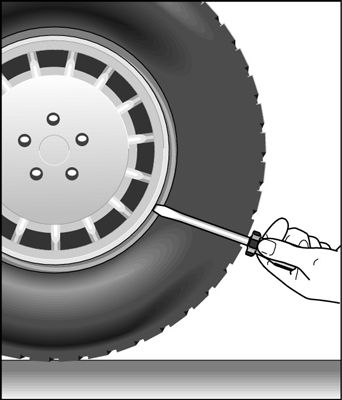 But now, I think there might be a problem. What would make the gas pedal vibrate when I push it down?
But now, I think there might be a problem. What would make the gas pedal vibrate when I push it down?
Lynell Spencer
Apr 28, 2022
I’m having issues changing the spark plugs in my 2016 Toyota Camry—how do I remove stuck spark plug wires?
Kathryn Mae Kurlychek
Apr 28, 2022
Browse All Questions
The 2019 Dodge Challenger SXT has a 0 to 60 mph time of 6.7 seconds.
Cameron Thiessen
Sep 29, 2022
The Toyota Camry didn’t get Apple CarPlay functionality until 2019, but you can retrofit a 2018 or earlier model with this essential tech. Here’s how.
Cameron Thiessen
Oct 13, 2022
On average, a pest inspection costs $100, but you could pay anywhere between $75 and $300.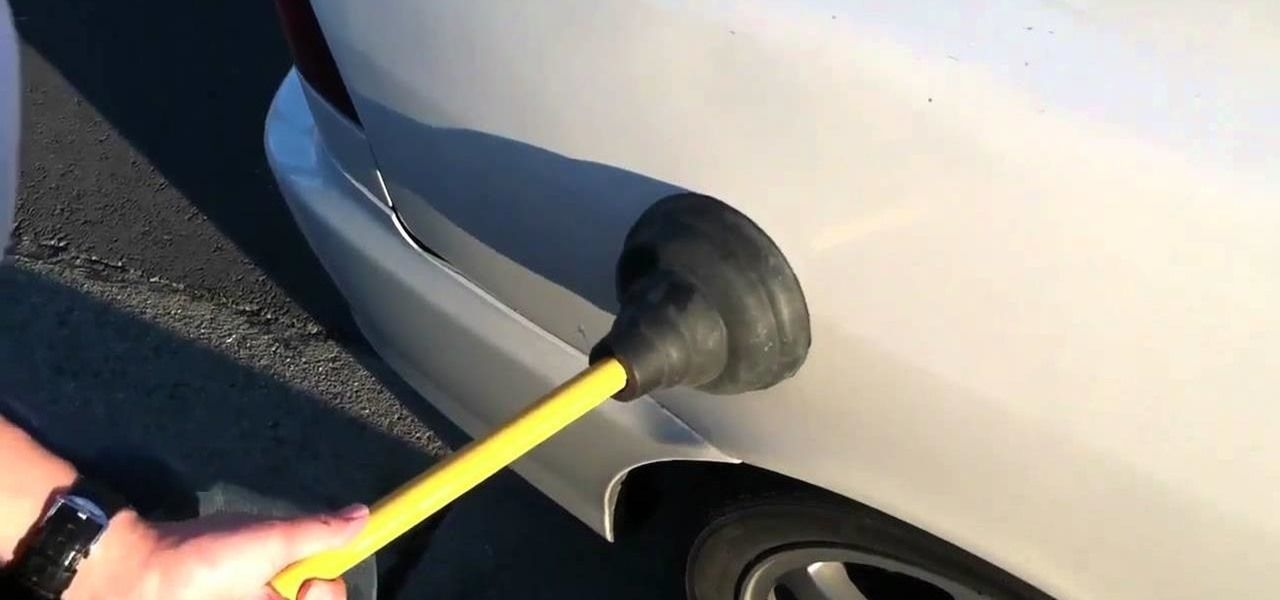 Some companies offer free ones—and we’ll tell you which ones!
Some companies offer free ones—and we’ll tell you which ones!
Cameron Thiessen
Sep 20, 2022
Land Rover
New drivers
Ferrari
Infiniti
FS-1 Form
Foreign
21st Century
Car Loans
Second Car
Renter insurance
Jaguar
Full Coverage Insurance
Holidays
Pennsylvania
Car Accessories
All-Wheel Drive (AWD)
Bentley
Volkswagen
Lamborghini
Oregon
Maryland
Hawaii
Subrogation
New Cars
Movies
Hummer
No long forms
No spam or unwanted phone calls
Quotes from top insurance companies
Find insurance savings — it's 100% free
Car Insurance
Cheap Car Insurance
Car Insurance Quotes Online
Types of Insurance
Toyota
Hyundai
Mercedes-Benz
Subaru
Chevrolet
Mitsubishi
ALAKAZARCACOCTDEFLGAHIIDILINIAKSKYLAMEMDMAMIMNMSMOMTNENVNHNJNMNYNCNDOHOKORPARISCSDTNTXUTVTVAWAWVWIWY
Is popping a tire as easy as it looks in the movies?
Popping a tire is surprisingly simple and does not require much sophistication.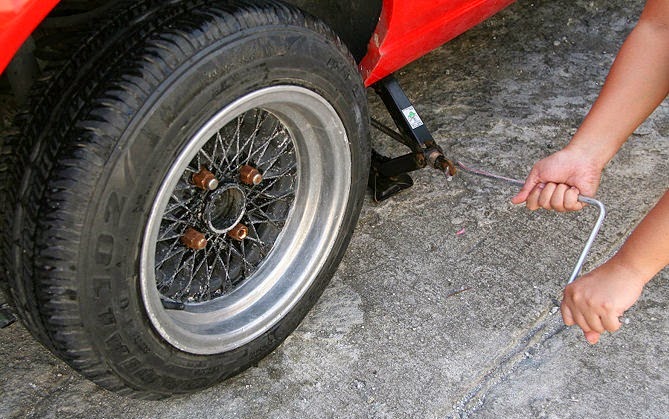
Slashing tires is probably the quickest method to pop a tire and only requires a sharp knife.
To pop the tire, simply take your pocket knife and slide its blade along the tire's sidewall while applying a little pressure. The tire will quickly deflate without making a loud noise.
Other tools you can use to pop or slash tires without noise include sharp objects like screwdrivers or nails.
Slashed tires are almost always irreparable, so if you want to flatten a tire quickly without permanent damage, it is easier to release all the air via the valve stem.
Popping or slashing tires that don't belong to you without the owner's consent is considered vandalism and should not be done unless you want a visit from the vehicle's owner or the police.
Table Of Contents [show]
Attempting to slash a tire.
To puncture a regular pressurized tire, all you need is a sharp object like:
Flat tires punctured by nails or screws are a common sight at tire shops and can usually be easily fixed with a tire patch as long as the tire sidewall is in good condition.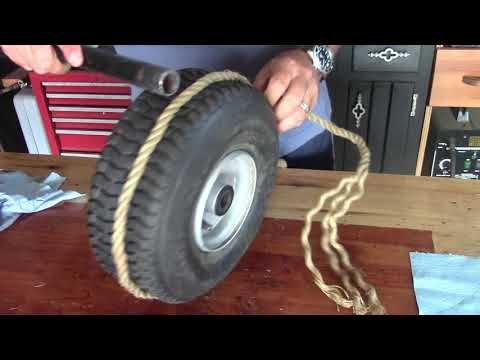
There are a few different methods to pop or slash a tire, and the method you choose will depend on the available tools and what you are trying to accomplish.
If your goal is ruining vehicle tires while the vehicle is parked, then tire slashing is probably your best option. A slashed tire is seldom repairable.
Popping a tire with a knife depends on two factors: your grip strength and the sharpness of the blade.
Of course, a dull knife will have a more challenging time slashing through car tires, while a sharp one should be able to make a quick incision in no time.
Your strength is important, too.
You'll need to exert a fair amount of force to puncture the sidewall.
To slash a tire, take a sharp knife or tool and run it along the tire's sidewall to make a deep cut.
How much force you need will depend on how sharp and strong your knife is, but it won't take much if the tire is fully inflated. It takes less force to slash a sidewall than a tire's tread.
It takes less force to slash a sidewall than a tire's tread.
You may have to work the knife back and push the blade into the rubber that you slashed to puncture the inner sidewall.
Slashing tires with a nail will be more difficult than a knife, but you can use a nail for popping a tire.
Demonstration on how to pop a tire
Cutting a fully inflated tire sidewall is relatively easy, and a strong pocket knife will easily do the job. Other knives like cooking knives will work just as well.
If the tire is not inflated, you'll probably need a serrated knife to cut the rubber compound.
Slashing a tire typically makes a little noise but is not enough to raise an alarm.
Slashing tires with a nail will be more difficult than with a knife, but a nail can be used for popping a tire.
A flat tire due to a popped tire.If you have a nail, you can prop the nail underneath the tire tread pointy end up and wait for the vehicle to be moved, puncturing the tire in the process.
This will result in a slow leak, and the tire will most likely be able to be repaired by a tire shop.
The nail should be at least 1 inch long to fully penetrate the tire tread to let the air escape.
You can undoubtedly puncture a tire with a screwdriver, particularly if the end of the screwdriver is sharp and the tire is fully inflated.
However, to puncture a tire, it would be easier to drive over a nail or slash the tire with a proper knife.
The fastest and easiest method to deflate a tire is simply to press down on the inner valve stem with a screwdriver, nail, or car valve tool. Even a set of long needle nose pliers will work.
Even a set of long needle nose pliers will work.
The valve stem in a tire has a spring-loaded valve that seals to keep the air in a tire.
When you push down against the valve with a pointed tool such as a screwdriver, the air in the tire will escape.
The end of a tire gauge will also have a nub that can be used to open the valve.
This is far preferable to slashing or popping the tire, which will cause permanent damage.
By depressing tire valve stem is the best way to deflate a tire without damaging it.Besides a screwdriver, you can use a nail to let the air out of a tire.
How deep does a nail have to go to puncture a tire?
A 3-inch nail will do the trick to deflate a tire slowly but surely.
Simply press the nail through the sidewall, and you've created a hole that will slowly depressurize the tire over time.
Popping or slashing someone else's tire without their consent is a criminal offense and should not be done.
However, if you want to pop or slash your tire, a few different methods will work.
Slashing or popping tires is fairly straightforward and can be done with various tools.
To slash a tire, all you need to do is cut its sidewall with a sharp knife. It won't take too much effort; almost anyone can do it. You cannot repair a slashed tire.
You can also pop car tires with sharp pointy tools such as a nail. This method allows you to set a nail trap by propping a nail pointy side up under the tire. When the vehicle is moved, the nail will puncture the tire under the vehicle's weight.
Car tire is responsible for driving safety and comfort. It needs to be kept in working order. This is a prerequisite for long and safe operation. Not all drivers know how to pump up a wheel, we will analyze the nuances of this work in more detail.
Tire pressure is an important parameter, it is he who is responsible for the main technical characteristics of the wheel.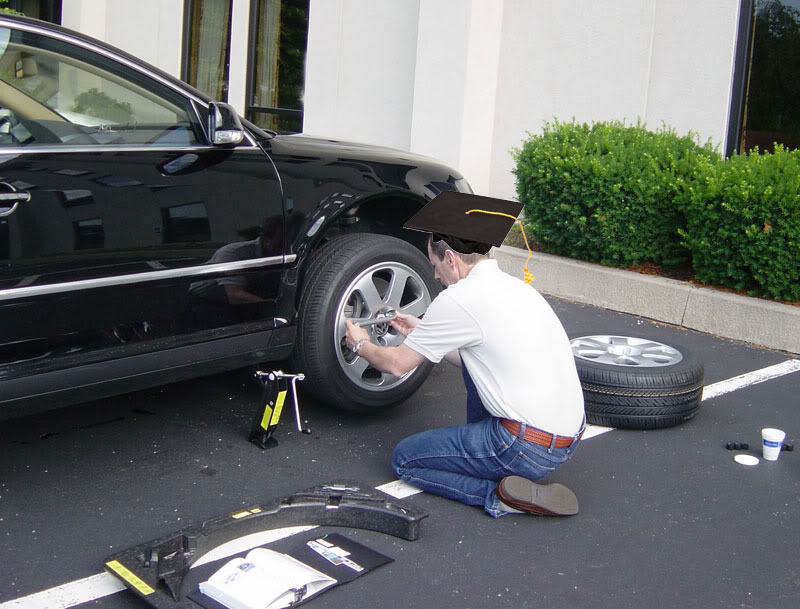 The car manufacturer calculates this parameter in advance and indicates it in the recommendations.
The car manufacturer calculates this parameter in advance and indicates it in the recommendations.
If a tire is underinflated, this will lead to increased fuel consumption in the first place. This is due to a decrease in the rolling coefficient. Uneven grip with the road surface also occurs, leading to a decrease in traffic safety, this is felt in the form of more difficult driving. Tire wear increases, with a strong drop in pressure, the rim of the disc can cut the sidewall.
It is also not worth pumping tires. The tire will wear unevenly, the middle part of the tread will suffer. Increased pressure can provoke an explosion and complete destruction of the tire on the road. In addition, the stiffness of the wheel will increase, and the braking efficiency will decrease.
Pressure checks must be carried out at least once a month. If there are sudden changes in temperature outside, it is necessary to check the parameter every two weeks. Be sure to check the pressure before every long trip.
Be sure to check the pressure before every long trip.
Visually inspect tires in the morning. If there are doubts about the quality of the pump, it is worth checking the pressure, if necessary, pump up the tire. Checking and pumping should be carried out on all wheels, different tire pressures can lead to loss of vehicle controllability.
Be sure to check the condition of the spare wheel.
Tire pressure is determined by the car manufacturer, he finds out through tests to what extent the rubber can be inflated. The data must be indicated in the documents for the vehicle.
For greater simplicity, additionally indicate the parameters on the plate. It can be found on the A-pillar of the car or on the inside of the gas filler flap. In rare cases, a plate with the main technical parameters may be on the door. It remains to find a plate on your car and see to what pressure to pump tires.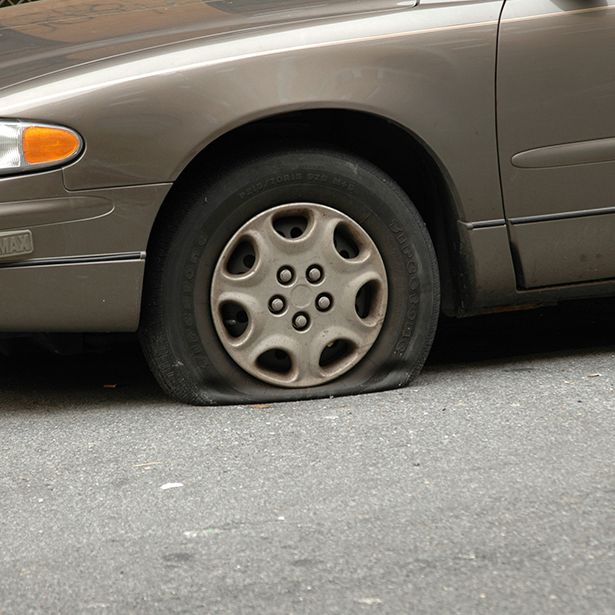
There are certain pumping rules. They include not only data on how much air to pump into the tire, but also when to do it. The main requirement is to inflate the tire only after a long parking. The tire heats up while driving. According to physical laws, temperature directly affects gas pressure. Accordingly, immediately after the stop, the indicator will not be accurate.
It is necessary to wait until the temperature of the air in the tire is equal to the outside. It takes 3-4 hours for this. After waiting so long, you can accurately measure the pressure. It is most convenient to do pressure measurement and pumping in the morning, after overnight parking.
Inflating a car tire is not difficult, but a beginner may have a few questions. We will analyze the stages of the process, in the end you will know how to properly pump up the wheel. To work, you will need a pump, you can use a foot or compressor.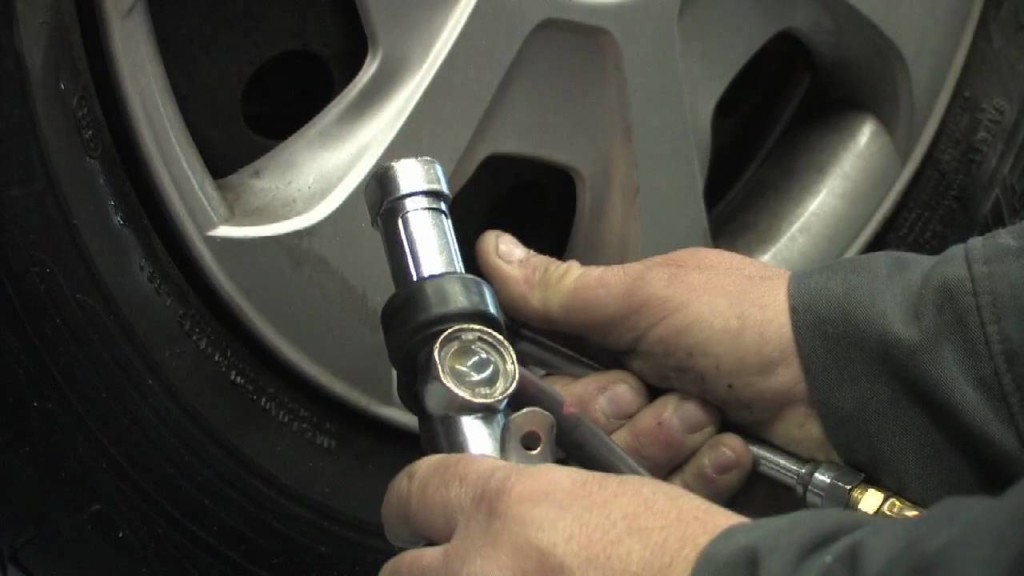 Now there are compressors that run on the cigarette lighter. If the pump does not have a pressure gauge, this device will also be needed.
Now there are compressors that run on the cigarette lighter. If the pump does not have a pressure gauge, this device will also be needed.
Let's walk through how to inflate a tubeless tire step by step.
 It shows the pressure in the tire, if it is not enough, turn on the compressor. We are waiting for the pressure gauge to show a normal parameter.
It shows the pressure in the tire, if it is not enough, turn on the compressor. We are waiting for the pressure gauge to show a normal parameter.
Further, all the described procedures are repeated on the remaining wheels, including the spare. Now the car is ready to drive.
If the pump is foot operated, all steps are the same, except for the power connection. The air supply is carried out by setting the pump piston in motion, this is done by foot.
Inflating a car tire is a simple job. This can be done by every car owner, even with no experience at all. The main thing is to know the basic rules, they are simple, it will not be difficult to fulfill them. But save time on a trip to a car service.
What should be the optimal pressure in car tires. What to do if less or more than the nominal. How much to “pump” and how to do it correctly - with or without a load. Should it be different in winter or summer?
How much to “pump” and how to do it correctly - with or without a load. Should it be different in winter or summer?
The wheel of a car with normal air pressure is in full contact with the road surface. There is a uniform wear of the profile and a better grip is provided. If the pressure is reduced, then the tires will hum, when pumped - whistle.
It becomes more difficult to control the car on the road, it will bounce in the pits. In overinflated tires, the tire becomes hard and the grip surface is significantly reduced. It can be damaged by a sharp hole, besides, the tread wears unevenly on an overinflated tire, its service life decreases, and driving comfort decreases.
The main disadvantage of overinflated tires is that they increase the stopping distance of the car. This is due to the smaller area of contact with the road surface.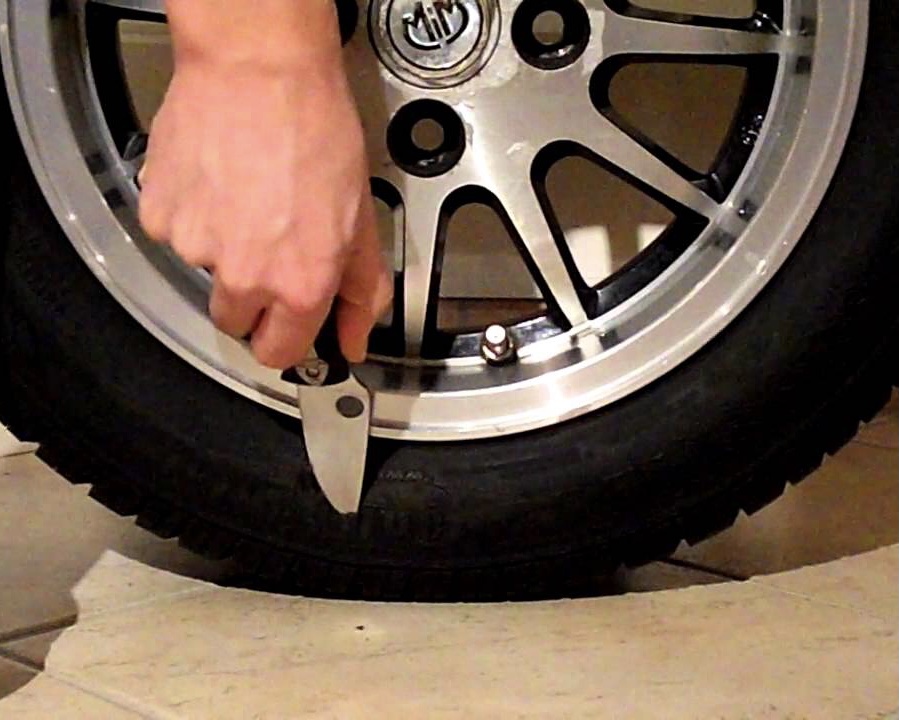 They are more sensitive to steering control, but increase the stability of the car in corners. For this reason, the pressure in the tires of sports cars is higher than usual. Also, when the car is fully loaded, manufacturers advise to pump up the rear wheels a little (by 0.2 - 0.3 bar).
They are more sensitive to steering control, but increase the stability of the car in corners. For this reason, the pressure in the tires of sports cars is higher than usual. Also, when the car is fully loaded, manufacturers advise to pump up the rear wheels a little (by 0.2 - 0.3 bar).
The fuel consumption of the car will increase, and the tires wear out faster. In addition, the angle of inclination of the wheel changes, while the internal structure of the tire is weakened, because. the center of the tire is slightly pressed upwards. Optimum transmission of force to the road is carried out only by the edges of the tire.
Low pressure increases the internal temperature of the tire, which increases resistance. This leads to its complete destruction. As a result, fuel consumption increases by up to 5%, and tire wear by 25%.
If a driver drives 20,000 km per year on uninflated tires, he will need an additional 540 liters of petrol per year. The car is less stable in corners, has a longer braking distance, and the wheels are less steerable, which can lead to a skid.
The car is less stable in corners, has a longer braking distance, and the wheels are less steerable, which can lead to a skid.
Each car model has its own nominal tire pressure in winter and summer. It is written on a sticker that is attached to the inside of the door on the driver's side, on the glove box lid, on the back of the gas tank hatch, in the spare wheel niche. When pumping up the wheels, be guided by this particular figure. They can also be found in the vehicle's owner's manual.
Normal tire pressure in a modern car is in the range of 2 to 3 bar. You need to check it before the trip, when the tire is cold. When the car is moving, due to the friction of the wheels with the road, the temperature rises, the pressure increases. To find out the optimal value, you need the car to stand for several hours, and preferably all night.
At negative air temperature, for every 10°C relative to zero, the pressure drops by 0. 1 bar. In hot weather it rises. 1 bar is approximately equal to 14.5 psi, 0.9896 atmospheres or 1 kg/cm2.
1 bar. In hot weather it rises. 1 bar is approximately equal to 14.5 psi, 0.9896 atmospheres or 1 kg/cm2.
Do not inflate to the pressure indicated on the tire. This figure indicates the maximum value that the tire can withstand. Read more in the article about marking and designations. Also pumping with nitrogen - does not give any advantages.
Check the pressure with a pressure gauge. It is tightly inserted into the open nipple. If you hear a whistling sound, it means air is escaping from the tire. Firmly press or screw the pressure gauge into the nipple until the end.
It turns out that it is impossible to accurately set the pressure in the wheel using compressor pressure gauges. After all, any valve (nipple) is an obstacle to the air flow. This is easy to check for yourself on a completely flat car tire. If you insert a pressure gauge in the first second of compressor operation, it will show a pressure of at least 0.